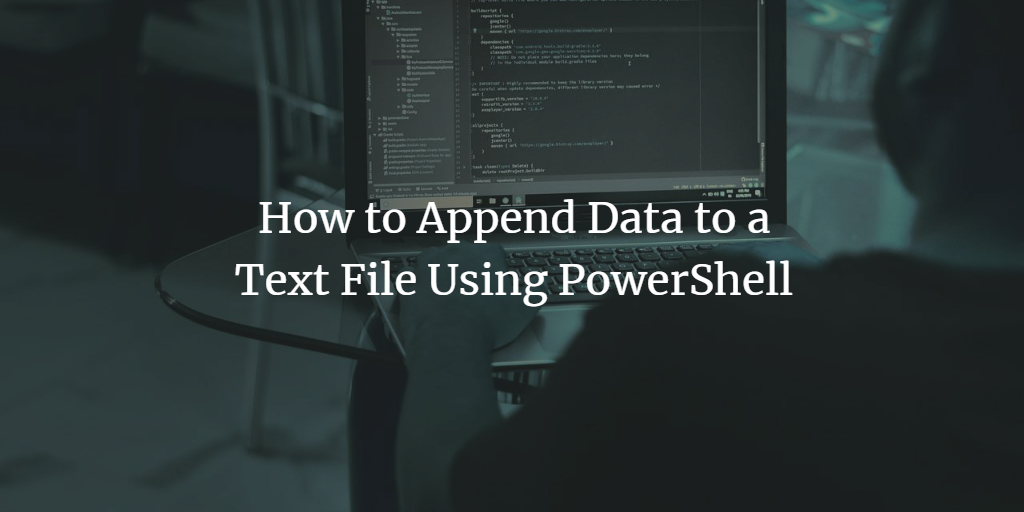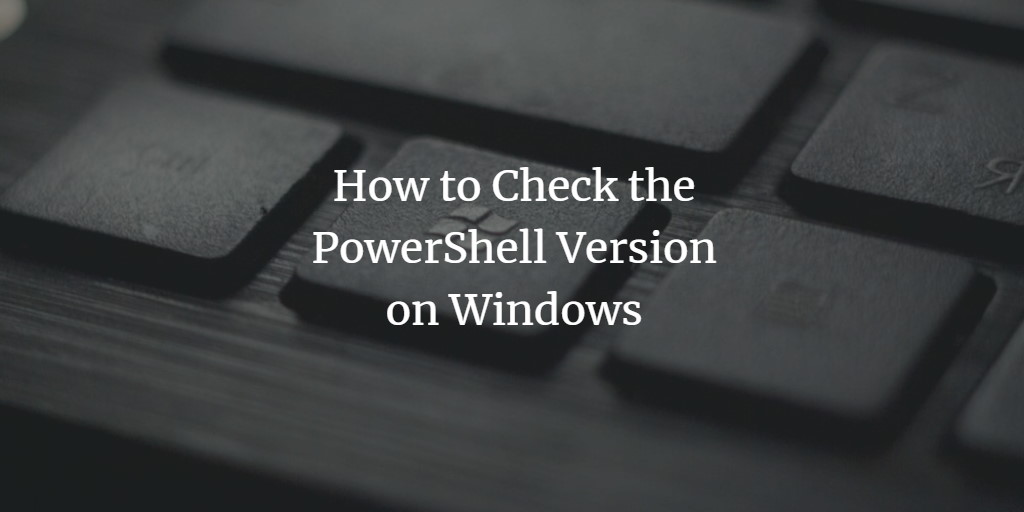How to Share Files between Windows and Linux
We have covered in one of our articles already how to share a folder and access it from another Windows system. In this guide, I will show you how to share a folder in Windows for access from a Linux machine. I will use Ubuntu Linux here, but the steps shown will work on other ... Read more


